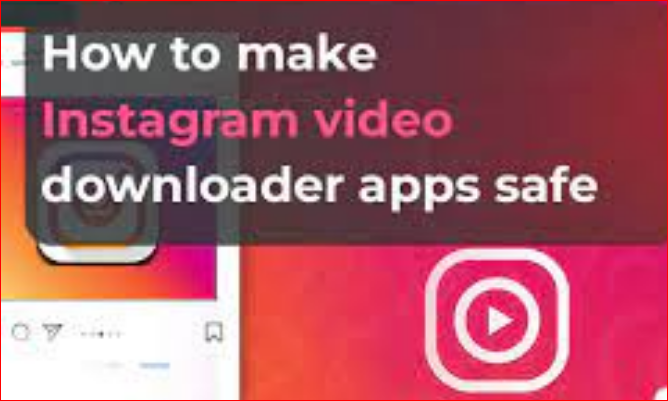Instagram is a popular platform for sharing and discovering videos. While Instagram doesn’t provide a built-in option for downloading videos, creating your own video downloader can be a useful project. Here’s a comprehensive guide to help you build an Instagram video downloader using Python and its libraries.
| App | Youtubepromod Apk |
| Genre | Video player |
| Price | Free |
| Language | English |
| Version | Latest |
1. Understand the Basics
Before diving into coding, it’s essential to understand how Instagram videos are accessed and downloaded. Instagram’s videos are hosted on their servers and can be fetched using URLs. By leveraging Instagram’s public API or scraping the web page, you can retrieve these videos.
2. Set Up Your Development Environment
To create a video downloader, you’ll need a Python environment. If you haven’t already, install Python and set up a virtual environment:
bashCopy code# Install Python (if not already installed)
# Create a virtual environment
python -m venv insta-downloader
# Activate the virtual environment
# On Windows
insta-downloader\Scripts\activate
# On macOS/Linux
source insta-downloader/bin/activate
3. Install Required Libraries
You’ll need a few Python libraries to handle HTTP requests and parse web content. Install the necessary packages using pip:
bashCopy codepip install requests beautifulsoup4
requestsfor making HTTP requests.beautifulsoup4for parsing HTML.
4. Write the Code
Create a new Python file, e.g., instagram_downloader.py, and add the following code:
pythonCopy codeimport requests
from bs4 import BeautifulSoup
import re
def get_video_url(post_url):
headers = {
'User-Agent': 'Mozilla/5.0 (Windows NT 10.0; Win64; x64) AppleWebKit/537.36 (KHTML, like Gecko) Chrome/91.0.4472.124 Safari/537.36'
}
response = requests.get(post_url, headers=headers)
if response.status_code != 200:
print("Failed to retrieve the page")
return None
soup = BeautifulSoup(response.text, 'html.parser')
# Extract video URL from the page
video_tag = soup.find('meta', property='og:video')
if video_tag:
return video_tag['content']
# Alternative method for video URL extraction
video_tag = soup.find('video')
if video_tag and video_tag.get('src'):
return video_tag['src']
print("Video URL not found")
return None
def download_video(video_url, output_filename):
response = requests.get(video_url, stream=True)
if response.status_code == 200:
with open(output_filename, 'wb') as file:
for chunk in response.iter_content(chunk_size=1024):
if chunk:
file.write(chunk)
print(f"Video downloaded successfully: {output_filename}")
else:
print("Failed to download the video")
if __name__ == "__main__":
url = input("Enter Instagram video post URL: ")
video_url = get_video_url(url)
if video_url:
filename = input("Enter the filename to save the video (e.g., video.mp4): ")
download_video(video_url, filename)
5. Run and Test
Run your script and test it with different Instagram video URLs:
bashCopy codepython instagram_downloader.py
Enter the Instagram video post URL and specify a filename when prompted. The script should download the video to your local directory.
6. Handle Errors and Enhancements
Consider adding error handling, user input validation, and support for Instagram’s changing page structure. You might also want to explore using Instagram’s API (if accessible) or third-party libraries like instaloader for more advanced features.
7. Ethical Considerations
Ensure you use your downloader responsibly. Respect copyright laws and Instagram’s terms of service. Use the tool for personal purposes and avoid distributing or sharing content without permission.

